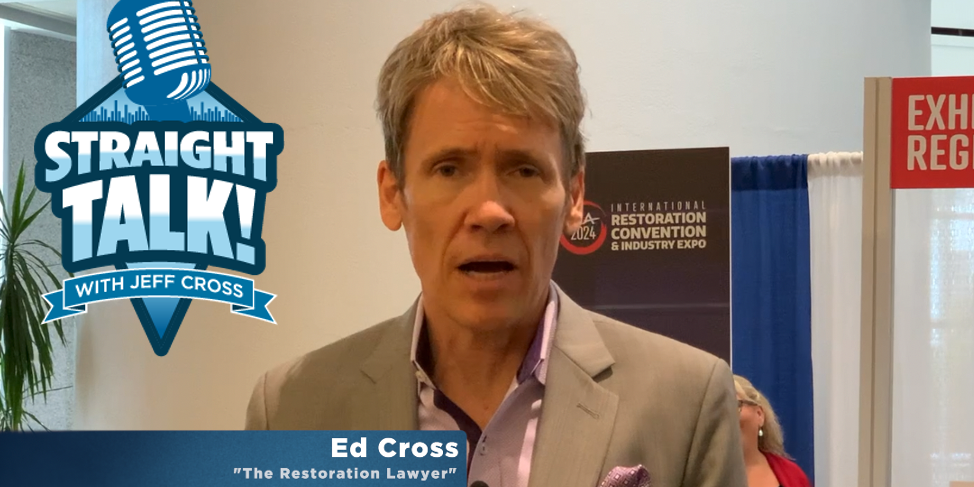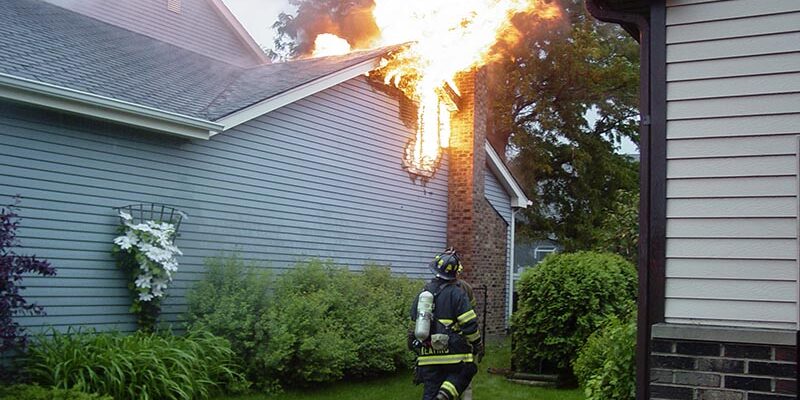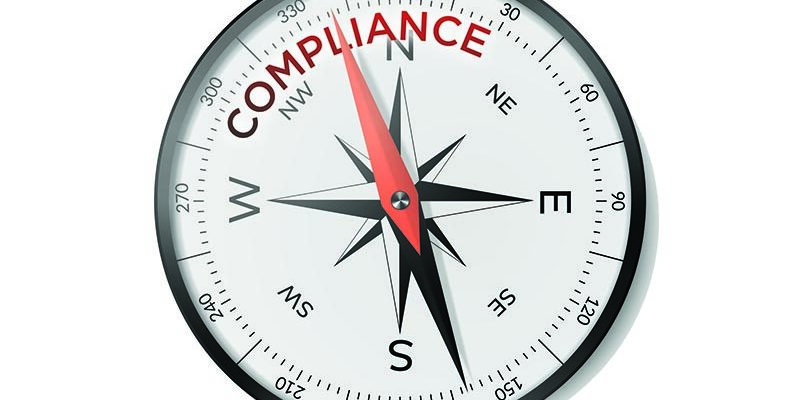Restoration’s Biggest Challenges

By Amanda Hosey
Whenever we talk directly to professionals about the biggest restoration industry challenges they face, we inevitably hear (most) about the two every industry business owner faces: Finding a qualified staff and dealing with insurance payouts.
But what are the deeper issues involving these two problems? And how can we move forward and begin to address them?
Staffing woes
“The greatest challenge facing professionals today is maintaining a team of fully trained, qualified, and capable field staff that deliver work compliant with ever-changing regulations and standards while delivering to the expectations of property owners,” says Brandon Burton, vice president of technical application for Next Gear Solutions.
Adding to this problem is a high number of jobs being added to the national job pool each month (despite a weak February showing), with fewer and fewer workers reporting unemployment or part-time work for economic reasons. Simply put, there are more jobs than workers, so everyone is desperate for workers.
First off, before we look at anything else regarding staff, keep in mind what your employees really are after. No matter how loyal they are to your company, the pay you provide is their livelihood and, therefore, must be an essential consideration for them.
David Oakes, an IICRC and Restoration Sciences Academy instructor, points out, “Restoration companies must compensate technicians with realistic wages and benefits. Compensation should be similar to those paid to ASE-certified mechanics with bonuses for customer satisfaction and productivity.”
But, if a company’s compensation and benefits are acceptable, then keeping employees is likely not the problem (excluding the issue of good employees venturing out on their own, which really can’t be helped). The long and short of it is that companies have to be willing to take on a job candidate with a good work ethic but without experience in the field, and train him or her for the work. It can be concerning to invest that money in an employee for fear he or she will leave, but it’s an investment essential to a company’s success.
“Restoration companies must recognize the need for training; restoration is a career, not just a job. Restoration companies need to offer training and certification and stop looking at the technicians as just labor or workers; they are professionals,” Oakes adds.
If your company provides regular training to employees, this might seem an obvious statement, but there are countless companies who expect technicians to pick everything up on the job. While some things are learnable in the field, others simply require course learning.
Take, for instance, drying calculations and the use of meters. Richard Driscoll, an industry instructor and co-owner of Mishaps and Mayhem, says this: “Being a WRT and AMRT instructor, I see students in every class who have either never been taught ‘how’ to properly use meters or have just chosen not to use them correctly. If meters are not used, or not used correctly, then how does the technician know if the job is drying and when it is dry?”
It’s also easy to get complacent with training once we provide basic courses to employees. It’s important to provide ongoing training — both to keep employees following correct procedures and to keep the company abreast of new and changing information and techniques.
“Solving for staffing problems is a tremendous challenge that requires a constant effort through multiple activities,” explains Burton. “These activities include the traditional maintenance of certifications, but these must be supplemented with an in-house process of regular discussions about the organization’s methods and policies that cover all aspects of how work is managed and completed in the field.”
Staying on top of changes in methodology and training doesn’t fall squarely to technicians either. It’s important to keep management — yes, even top management — up to date with training.
Tom Slattery, an IICRC instructor and industry consultant, reminds us, “It is so easy to stay in a routine of ‘this is how we have always done it.’ A little success with a method can sometimes blind us to learning new techniques or experimenting with new technology or equipment. If management has not been to a class or convention in a while, these ‘same old, same old’ methods end up permeating the company culture.
Open mindedness is critical, as well as a commitment to keep learning. It is important to ask ourselves, ‘When was the last time I attended a class? A convention?’”
Insurance
Go to any industry event, and you’ll hear ample lambasting of insurance companies and adjusters. Some of the biggest restoration industry challenges arise when restoration providers and insurance companies disagree on the required services on a particular job and, therefore, the payment of those services.
“The restorer is under contract to the homeowner, period. Regardless of what is covered or not, when the two parties agree on a desired outcome, it is the restorer’s obligation to provide the best service using the industry standards,” Slattery says, “To have a party outside this agreement influence the decisions (change a category), protocol (saying, “We don’t want that removed”), or equipment used is illogical at best.”
The consensus is better-educated insurers, who understand and have been trained some on the necessities of restoration services, especially drying, would be a major improvement to the industry and the overall relationship between these often-warring factions. And in this, the homeowner’s experience is improved, which is beneficial to both industries.
Oakes points to one particular problem in this struggle between restorer and insurer: The rise of demolition over restoration. He says more and more restoration professionals are choosing to remove materials that could be dried because it’s an easier path to payment (or the technicians are undertrained — see previous section).
“Removal of salvageable material is often supported by the insurance adjuster who either doesn’t know it can be dried or simply goes with the path of least resistance and agrees with
removal,” according to Oakes. “Part of this problem is the insurance industry trying to control costs by limiting the number of days they will pay for drying equipment, so contractors opt for demolition as the drying method to compensate for these limitations.”
But that leaves us with the question, how can the two industries come together to correct these problems and ensure those who experience a loss are getting the best possible return to normalcy?
Oakes says, “Insurance companies need to realize that drying times are based on the amount of water and the length of time the materials are wet, which leads to the degree of saturation — drying times cannot be based on an arbitrary time table.”
But the restoration industry has been stressing that for years to little avail. Oakes suggests a smart correction would be for insurance companies to move to a fixed-pricing model such as cost per square foot for airmovers and dehumidifiers based on evaporation class.
“Better restoration companies would opt for the best equipment and processes to get the job done quickly and efficiently while keeping their margins high. If the job takes longer, the customer and insurance company would not be penalized with a higher cost,” Oakes explains. “The industry always falls to the lowest level of performance. We need to bring the performance back up and weed out the marginal companies.”
With the restoration and insurance industries continuing to position themselves at odds, it seems unlikely that the situation will improve.
“When those in restoration and on the insurance side both improve their restorative drying education, clearly understand the hows and whys, and communicate well, conflicts will dramatically reduce,” Oakes predicts.
So, perhaps it is time for leaders of each side to step up, come together, and make a plan to improve the relationship between the two, their methodologies, and their understanding of what is required of each side — and then improve the wellbeing of everyone involved, most of all the insured.
Amanda Hosey is the managing editor of Cleanfax. She has worked as an editor and writer for more than six years, including four years with Cleanfax. Reach her at [email protected].












